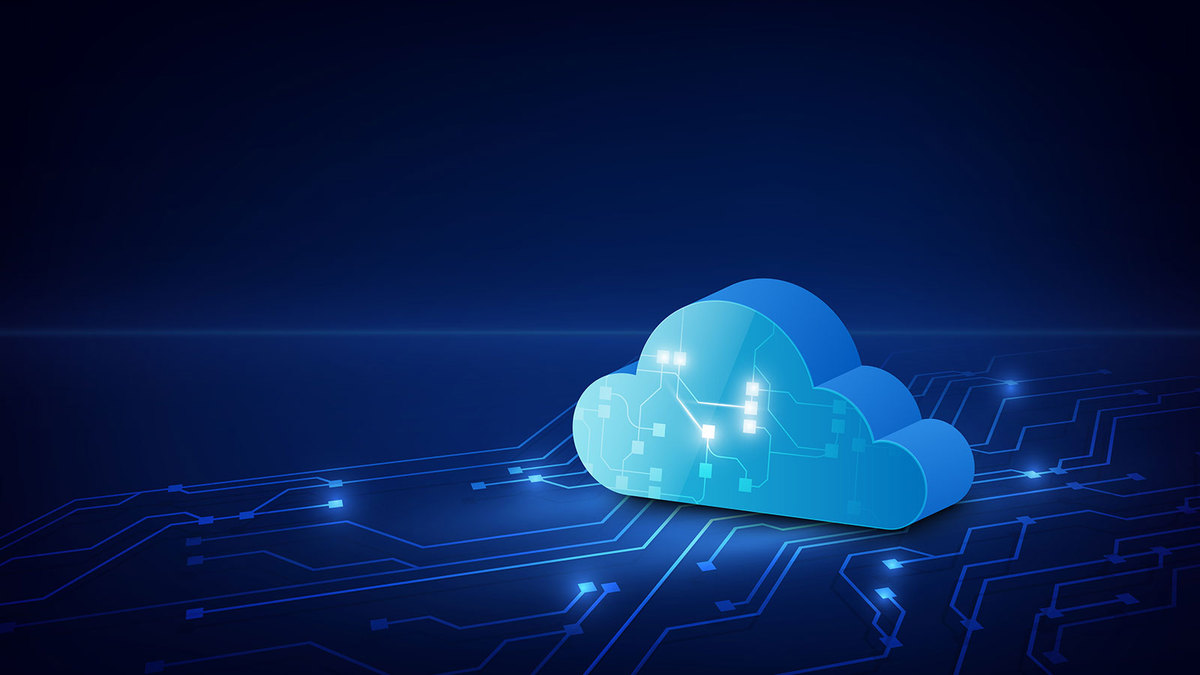Cloud migration is the process of moving data, applications or other business elements to a cloud computing environment. There are various types of cloud migrations an enterprise can perform. One common model is the transfer of data and applications from a local, on-premises data center to the public cloud.
However, a cloud migration could also entail moving data and applications from one cloud platform or provider to another — a model known as cloud-to-cloud migration. A third type of migration is a reverse cloud migration, cloud repatriation or cloud exit, where data or applications are moved off of the cloud and back to a local data center.

Challenges
Without proper planning, you can’t make the most of the magic the cloud has to offer. But even the most well-thought-out migrations come with a certain degree of risk. Common pitfalls to watch out for include:
- Interoperability: It’s no easy feat to get your existing applications to communicate with newer cloud environments. To ensure they do, you might have to adapt your processes to those of your cloud provider.
- Resource availability: The migration process might require taking in-house servers temporarily offline. But downtime could be disastrous to application performance — thus customer loyalty — if not supported by a proper plan for disaster recovery.
- Data integrity: How will you keep your data secure while moving it to the cloud where you have less control? Is your sensitive data subject to compliance requirements like GDPR? These are real concerns, both during and after migration.
- Resource management: Not all IT professionals trust the cloud yet. If your team was used to managing physical servers, they might need educating on the new infrastructure or even reconfiguring to introduce new roles.
The larger or more complex your current infrastructure, the harder these challenges are to overcome. That’s why it’s imperative that your IT team takes on this exciting transformation armed with cloud migration services that can mitigate these risks — plus a sound strategy, room for growth, and an openness to change.

Process
There is no one-size-fits-all move to the cloud. The way you approach the above cloud migration strategies depends on a few things: your business model, the size and complexity of your current environment, and migration goals included. At this stage, you’ll want to rely on the expertise of your IT team — with the help of tools we cover below — to understand the ins and outs of your environment. Only then can you design a roadmap for which apps to migrate, how, and when.
But whether you move all your apps and services at once or (more commonly) take the hybrid approach of keeping some apps on-premise, most migrations follow the same basic steps.
Plan your migration
We can’t stress it enough: Cloud migration requires solid planning to be successful. Before getting started, get clear on your reasons for the move and which migration approach best supports them. Here’s where you might employ cloud migration tools to help inform your migration plan by:
- Providing full visibility into your on-premise environment, including all system dependencies
- Evaluating performance, server, and security requirements. Also consider what training your teams will need.

Choose your cloud environment
After evaluating your current application resource requirements, you’re ready to choose a cloud provider that meets your needs (and only those needs).
Popular platforms include Amazon Web Services (AWS), Microsoft Azure, and Google Cloud Platform. Each offers a number of different cloud models to adopt, whether public cloud, hybrid cloud, private cloud, or multi-cloud. Unsure which you need? Build out, price out, and test a virtual workspace to see how things look in deployment.
Migrate your apps and data
Planned accurately, your actual app and data migration should go pretty smoothly.
Note you have three additional options for transferring local data center to the public cloud: an online transfer, using either public internet or over a private network, or a physical offline transfer whereby you upload local data onto an appliance to ship to the cloud provider. (The best approach depends on the amount and type of data you’re moving and speed at which to do it. Your provider can help you decide.)
Validate post-move success
Congratulations on the move! Of course, your work isn’t done until you can show the return on investment in your migration. Again, you’ll need the help of tools below.

Benefits
The general goal or benefit of this process is to host applications and data in the most effective IT environment possible, based on factors such as cost, performance and security.
For example, many organizations perform the migration of on-premises applications and data from their local data center to public cloud infrastructure to take advantage of benefits such as greater elasticity, self-service provisioning, redundancy and a flexible, pay-per-use model.

About Vingsfire Vingsfire offers best in class services in Cloud Migration. The packages for the services are competitive and the easily affordable for any. We are a experienced professionals in the field of cloud migration. The customers availing the following services have been satisfied with the service provided. Chose us and stay tensed free in the service of cloud migration.

